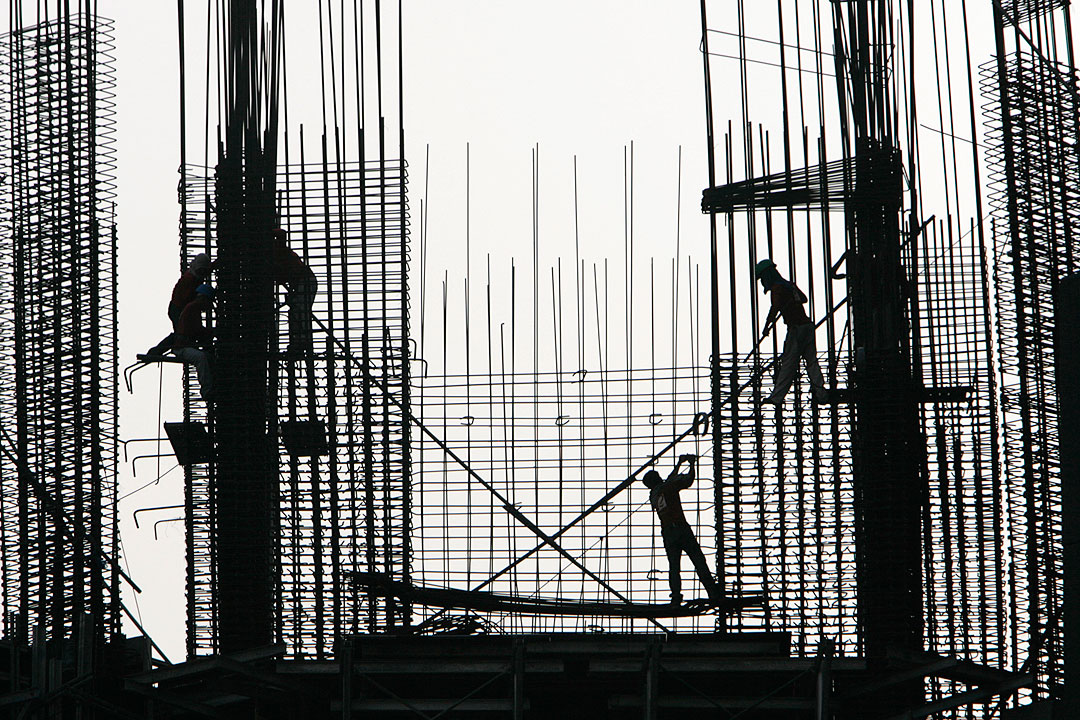Construction firms seen to post mixed second-semester earnings

By Ashley Erika O. Jose, Reporter
LISTED construction companies are expected to deliver mixed results in the second half, driven by the forecast recovery of their sector but weighed down by the high cost of raw materials and rising fuel prices, analysts said.
“The outlook on the profitability of construction companies for the second half of 2023 is mixed. Local construction companies and contractors identified the difficulty of closing projects as a major challenge, as supply chain and employment were disrupted,” Toby Allan C. Arce, head of sales trading at Globalinks Securities and Stocks, Inc., said in a Viber message.
Construction firms and contractors have identified these factors as raising prices of construction materials, Mr. Arce said, adding that they are likely to bounce back once projects resume.
“Other challenges that the sector faces could be succession planning, digital transformation, and unfavorable tax policies. Moreover, the rising fuel prices and the high-interest rates are likely to increase the construction costs and reduce the demand for housing loans,” he said.
The Bangko Sentral ng Pilipinas (BSP) extended its policy pause last month, retaining the key rate at a steady 6.25%. Interest rates on the overnight deposit and lending facilities were maintained at 5.75% and 6.75%, respectively. The BSP raised borrowing costs by 425 basis points from May 2022 to March 2023.
In August alone, fuel retailers raised pump prices by P5.90 per liter for gasoline, P9.90 per liter for diesel, and P10 per liter for kerosene.
Headline inflation slowed for a sixth consecutive month to 4.7% in July, bringing the seven-month average to 6.8%. August inflation data is expected to be released this week.
“Most industries have been experiencing headwinds due to the inflationary pressure and high interest rate environment, but I echo the sentiment of most businessmen from this report that construction activities will pick up in the coming 6-12 months,” Regina Capital Development Corp. Head of Sales Luis A. Limlingan said.
Mr. Limlingan was referring to a survey conducted by construction management software company Procore Technologies, which said company executives were optimistic that the industry would grow over the next 12 months.
For the second quarter, listed construction companies posted mixed results.
Megawide Construction Corp. registered a second-quarter attributable net income of P370.28 million, a reversal of the P64.93-million loss incurred a year ago, as revenues for the period doubled.
From April to June, the company’s gross revenue reached P6.8 billion, which is nearly twice last year’s P3.47 billion.
Phinma Corp. reported an attributable net loss of P18.61 million in the second quarter, reversing the P114.78 million net income last year.
The company’s gross revenue for the period declined to P4.1 billion, 1% lower than the P4.14 billion recorded in the same period last year.
Meanwhile, EEI Corp.’s attributable net loss widened for the second quarter to P255.03 million from P94.03 million last year.
EEI’s gross revenue for the second quarter reached P3.88 billion, 24.4% higher than P3.12 billion last year.
Its revenue rise, however, was pulled down by higher gross expense, which went up by 25.2% to P4.12 billion from P3.29 billion last year.
The growth of construction companies for the remainder of the year will highly depend on their adaptability to the changing market condition, Mr. Arce said. He noted that delays in infrastructure projects could pull down companies’ profits.
“However, as businesses resumed operations, construction projects have slowly recovered, with the growing demand for more office spaces, especially since the work-from-home setup has been limited, alongside commercial buildings such as malls and hotels,” Mr. Arce said.
“Development of new infrastructure will be crucial to the Philippines’ economic outlook, and as such, collaborators — particularly players in related industries who can offer innovative and technologically advanced ways of working — are needed,” he added.



